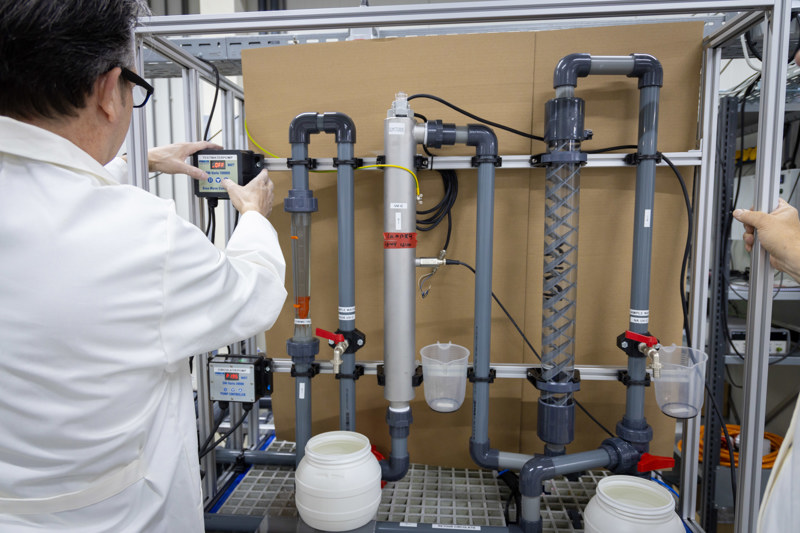About VGE
VGE B.V. is a leading company focused on providing high-quality UV-C equipment for the private, recreational, and industrial sectors. As a manufacturer of a unique range of UV-C disinfection systems, we provide top-of-the-range products in harmonious collaboration with our customers. We carry out our activities from our newly built facility in the industry area Duin III Noord Schijndel the Netherlands.
We are proud to be a part of the Netherlands' top technology region. We regularly introduce new products and we continuously improve our existing products. Environmental friendliness and saving energy are major points of interest at VGE B.V. Years of experience (since 1982) have resulted in technically advanced products that are used in more than 70 countries around the globe.

Combining our passion for technology and knowledge of water
Clean and safe water is vital. Sustainable developments in the field of water disinfection is therefore an important theme worldwide. VGE B.V. is aware of this as a manufacturer of UV-C equipment. As a company, we are therefore focused on new sustainable developments in the field of water disinfection for the private, recreational and industrial sector. We are also developing air and surface disinfection. We do this by combining our passion for technology and knowledge of water, resulting in high-quality products and innovations in the field of UV-C disinfection.

Export to more than 70 countries worldwide
As a producer of UV-C equipment, VGE supplies high-quality products for a fair price from its recently opened location in Schijndel. We export our products to more than 70 countries worldwide. VGE's clientele consists of wholesalers, chain stores and private label customers. Innovation is our top priority. That is why we have our own Product Development department, which regularly introduces new high-quality products. Existing products are also continuously critically examined and further developed where necessary. Our product developers ensure that the products meet the wishes and needs of the current market and the applicable safety standards. Sustainability, energy saving and environmental friendliness are central to the development and production process.
Apart from VGE Pro, VGE’s products are known under the brand names Blue Lagoon and Xclear.